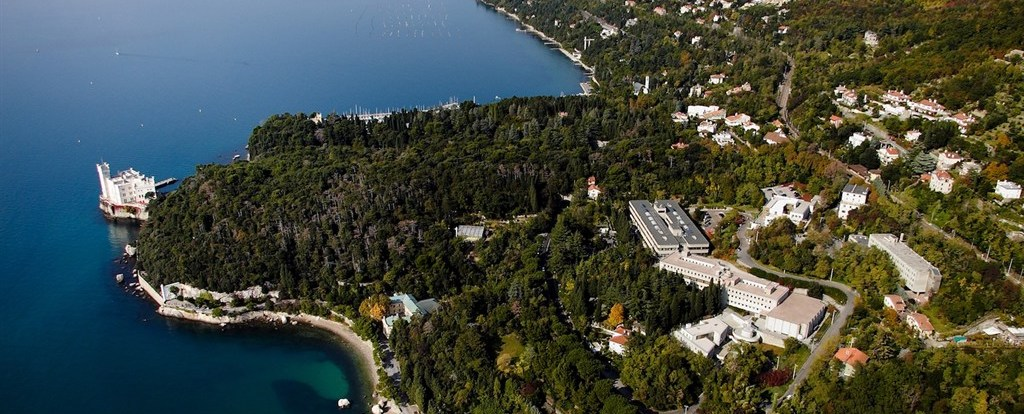Speaker
Description
According to the standard hot Big Bang model of cosmology, the universe was mostly ionized and hot at very early stages. Then it cooled down with time and became predominantly neutral around 380,000 years after birth. Reionization is the era when the universe is again ionized by the photons coming from the first luminous sources. This is still one of the least understood phases in the evolutionary history of the Universe, and is also known as one of the final frontiers in modern cosmology. The ionization and thermal state of the intergalactic medium (IGM) during the epoch of reionization has been of interest in recent times because of their close connection to the first stars. We try to constrain the thermal and ionization history of the universe using a semi-numerical photon conserving model SCRIPT and a variety of observables like UV luminosity function, low-density IGM temperatures, CMB scattering optical depth, etc. We study the consequences of physical effects like inhomogeneous recombination and radiative feedback on the reionization phenomena, which are necessary for accurate modelling. Furthermore, we find that the model parameters are reasonably well constrained, providing useful insights into the reionization timeline. As we track the inhomogeneities in the medium, we can also compute the large-scale 21 cm power spectra, which quantifies the fluctuations in the neutral hydrogen field. We check the prospects of 21 cm power spectra as a tracer of reionization. Our study involves creating a mock data set corresponding to the upcoming SKA-Low, followed by a Bayesian inference method to constrain the model parameters. In particular, we explore in detail whether the inferred parameters are unbiased with respect to the inputs used for the mock and if the inferences are insensitive to the resolution of the simulation. We find that the model is reasonably successful on both fronts. However, the likelihood computation for the reionization parameter space exploration can be quite expensive depending upon the cases. To tackle this issue, we have also developed a novel technique by creating a likelihood emulator based on Gaussian Process Regression (GPR) training using SCRIPT, which shows the potential to significantly speed up the parameter exploration.

